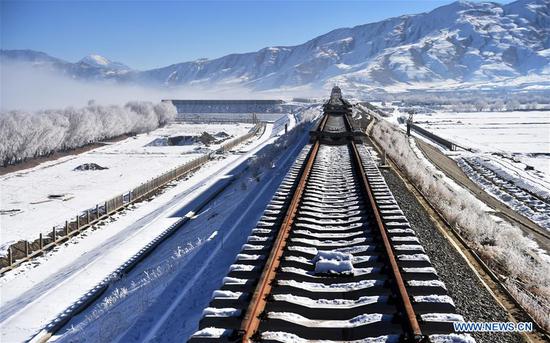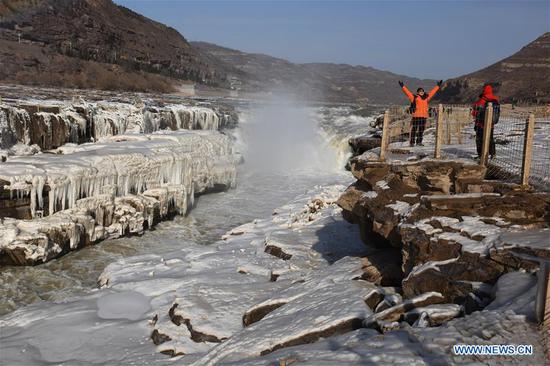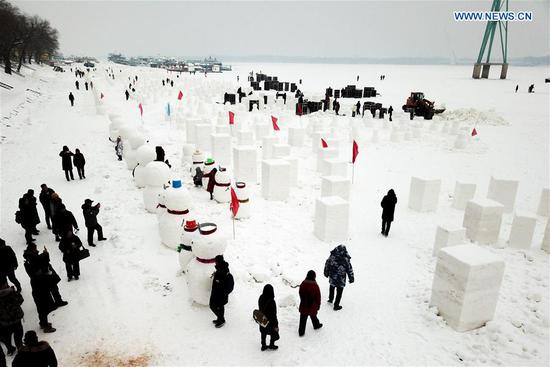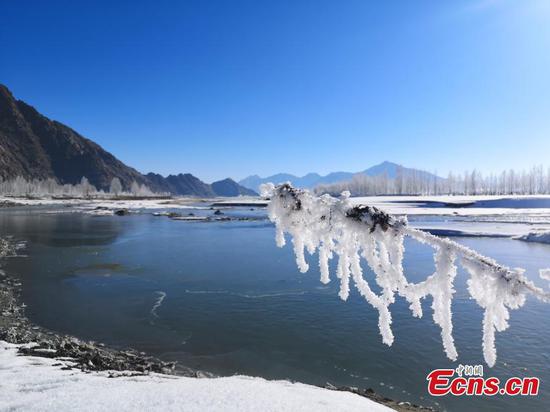Greenland's ice sheet, the second largest of the world, is melting in winter due to wintertime heat from the ocean, according to a recent research of the Scottish Association for Marine Science (SAMS).
Based on computer simulations, the research found that strong winter winds in the northeast Atlantic create warm waves below the surface of the Atlantic, which push relatively warm water up Greenlandic fjords, "melting hundreds of metres below the ocean surface."
In a paper published in the journal Nature earlier this month, scientists from the United States, Belgium and the Netherlands said the ice sheet in this region is melting at its fastest rate over at least the last 350 years and continued global warming will further accelerate the thawing process.
Covering 1,710,000 square km, roughly 80 percent of the surface of Greenland, the melting Greenland's ice sheet is thought to add 0.8 millimeters of water to global ocean levels annually, one of the biggest contributors to global sea level rise and ocean freshening.
Based near the town of Oban on the Scottish west coast, SAMS is Scotland's largest and oldest independent marine science organization. Enditem


















































